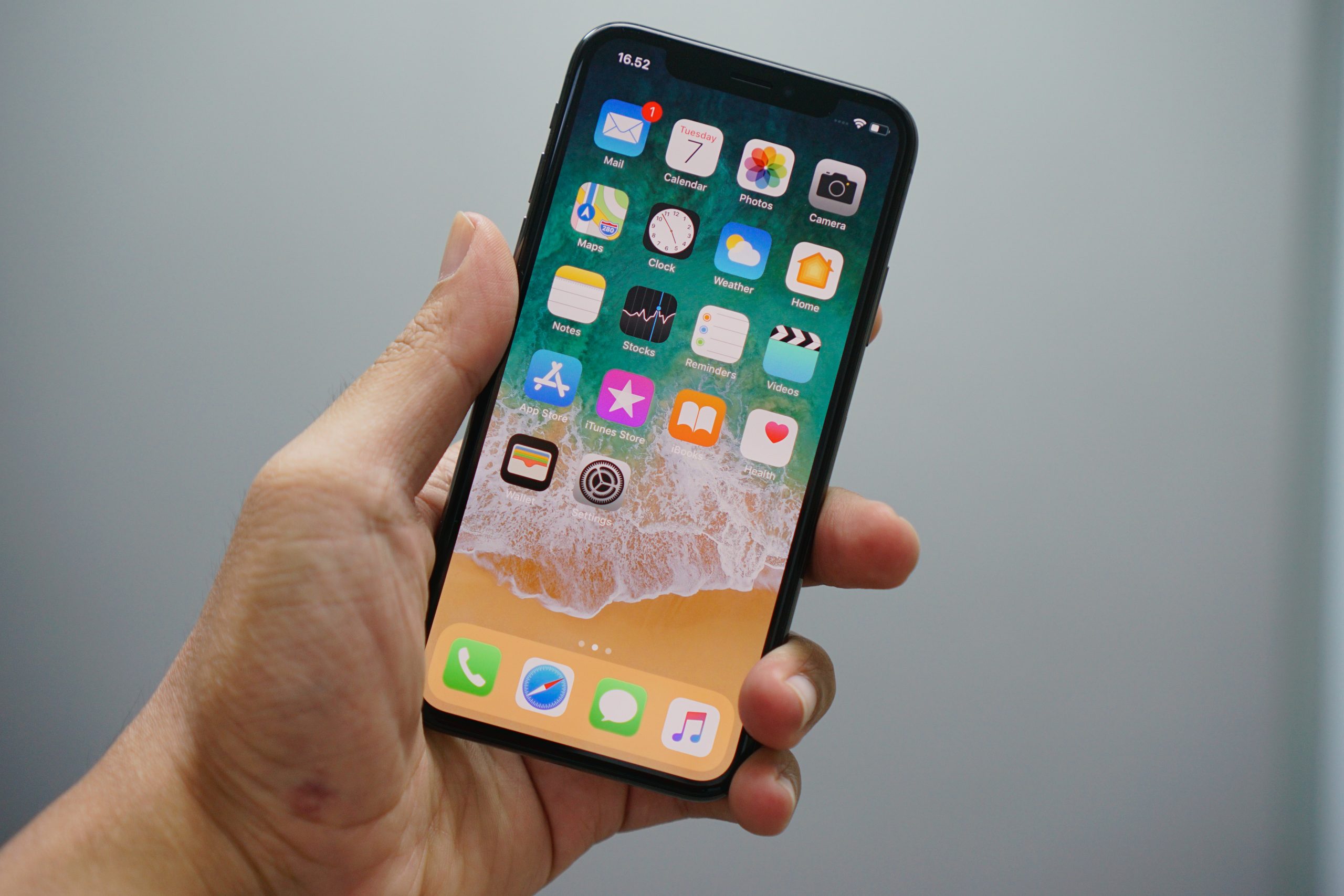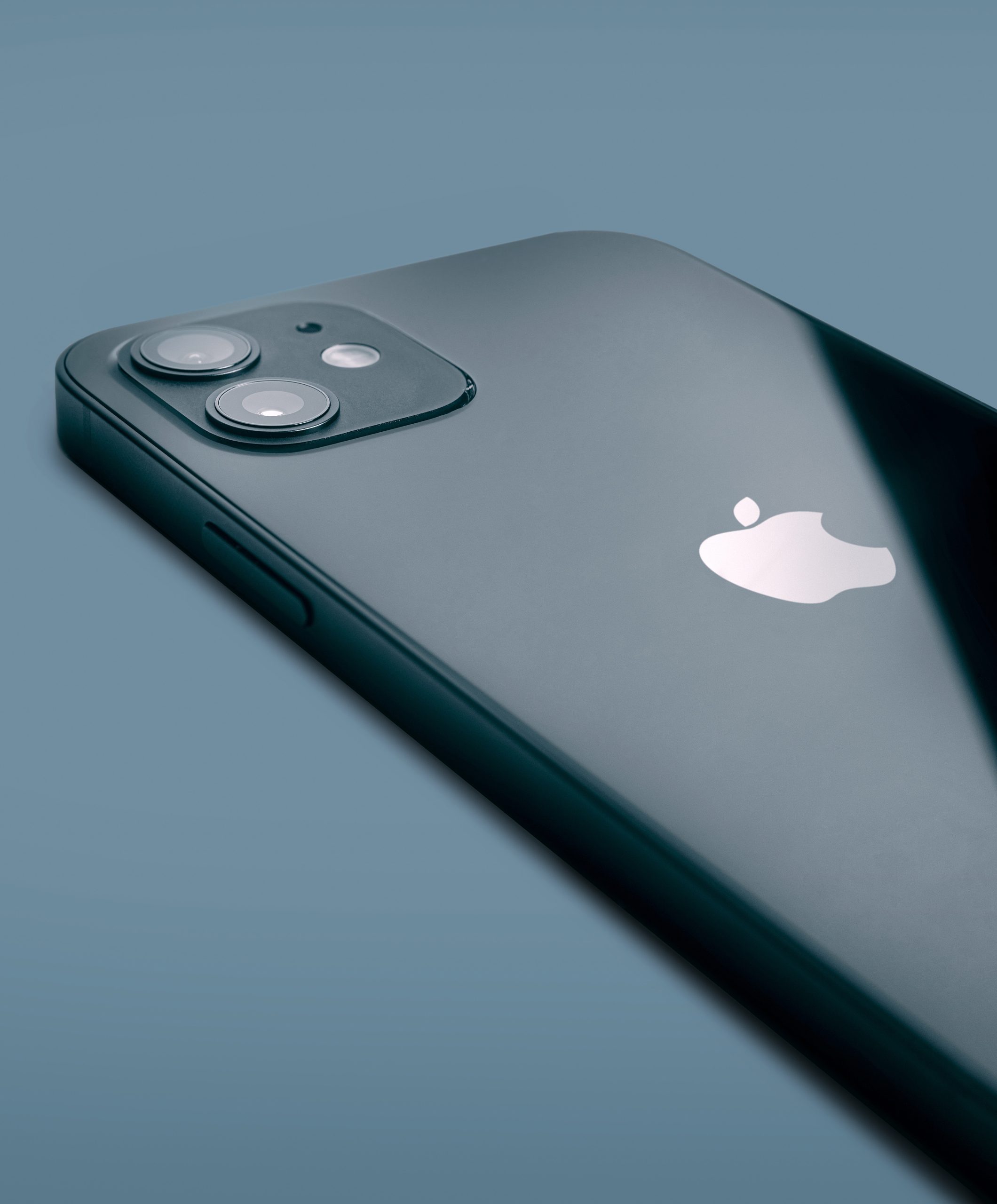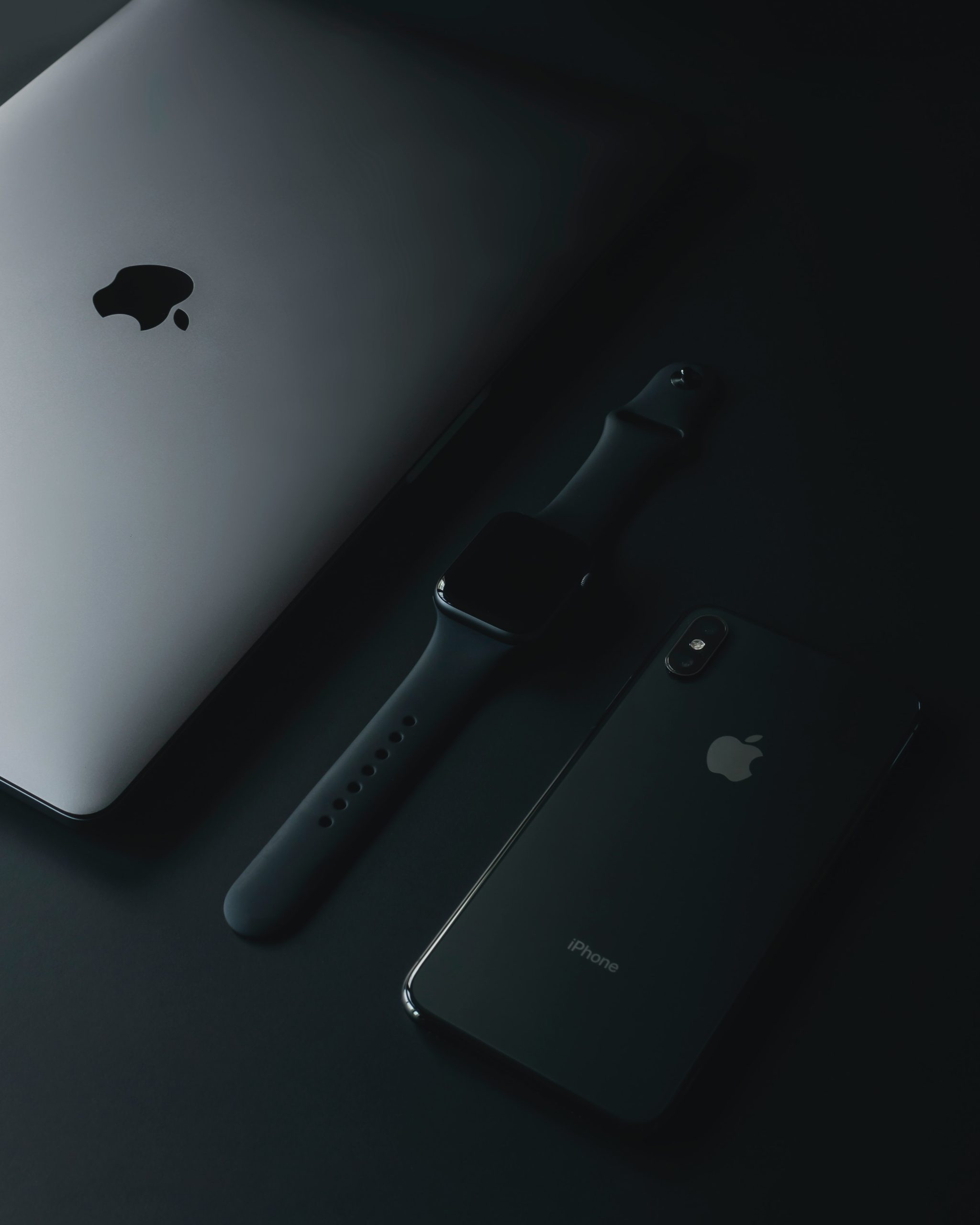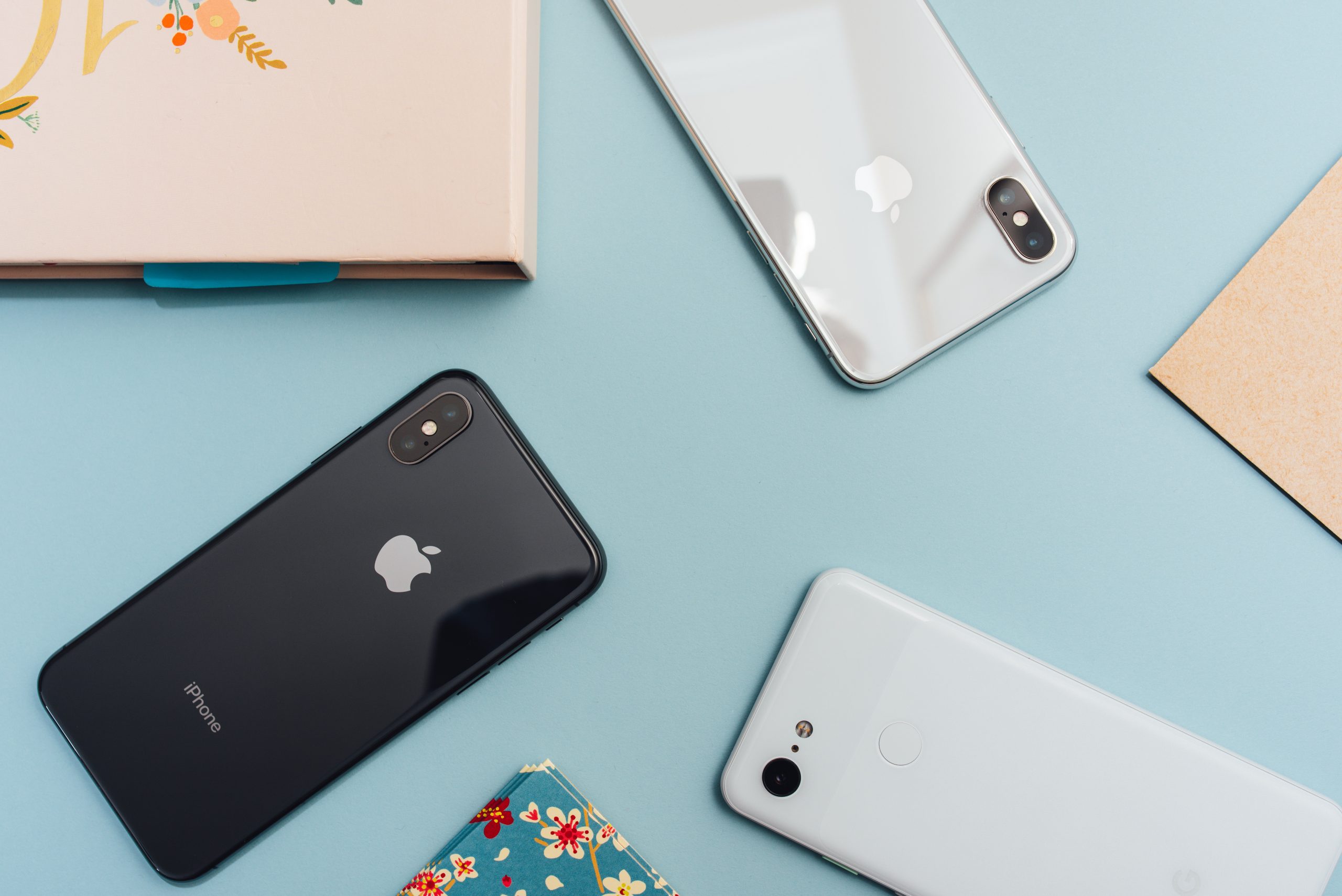Are you tired of being startled by the loud buzzing of your iPhone in silent mode? Or perhaps you’ve missed important notifications because your phone was set to vibrate off? The control over when and how your iPhone vibrates can significantly impact your daily life, and in this digital age, it’s a crucial aspect of managing interruptions and staying connected. Whether you’re aiming for a discreet notification during meetings or total silence while sleeping, understanding how to customize your iPhone’s vibration settings is essential. In this article, we’ll delve into the intricacies of managing vibration on the iPhone, exploring how to make it vibrate or not vibrate on silent mode, allowing you to regain control over your device and tailor it to suit your lifestyle.
Understanding iPhone’s Vibration Settings
The vibration settings on an iPhone may seem like a small feature, but they play a crucial role in our daily lives. Understanding how to customize and optimize these settings can significantly enhance the user experience. From receiving discreet notifications during meetings to ensuring you never miss an important call in a noisy environment, the vibration settings are more than just an optional add-on – they’re essential tools for modern communication.
When it comes to customization, many users overlook the options available for fine-tuning vibration patterns and intensity. By diving into the iPhone’s settings, users can tailor the vibrations to suit their personal preferences and needs. Additionally, understanding when and how to disable vibrations altogether can be a game-changer in preserving battery life and maintaining focus during specific tasks or activities. In essence, grasping the full scope of iPhone’s vibration settings allows users to harness their devices’ potential in ways that extend beyond mere convenience – it’s about creating a personalized communication experience that seamlessly integrates with our lifestyles.
As we explore the intricacies of iPhone’s vibration settings in this article, we will unveil various tips and tricks for leveraging these features effectively. Whether you’re seeking total silence or heightened awareness through vibrations, knowing how to harness the power of these customizable options can truly transform your smartphone experience. So buckle up as we unravel the complexities of iPhone’s vibration settings while equipping you with all you need to master this often underestimated facet of your device!

How to Enable Vibrate on Silent Mode
Have you ever been in a situation where you want your iPhone to be on silent but still want it to vibrate for important notifications? Luckily, enabling vibrate on silent mode is a simple process that can be customized based on your preferences. By default, when you switch your iPhone to silent mode using the physical switch, all incoming calls and notifications will only appear on the screen without any vibration. However, if you’d like to feel the vibration while in silent mode, there’s an easy way to set it up.
To enable vibrate on silent mode, go to Settings > Sounds & Haptics. Here, you can toggle Vibrate on Silent to ensure that even in silent mode, your iPhone will vibrate for incoming calls and notifications. Additionally, this setting allows you to personalize the vibration style for different types of alerts such as text messages or emails. With this feature enabled, you won’t have to worry about missing important notifications while keeping your phone discreetly muted during meetings or quiet environments.
Did you know that customizing vibration patterns for specific contacts is also possible? This neat feature lets you identify who’s calling or texting without even looking at your phone. By going into Contacts > Edit > Ringtone or Text Tone > Vibration, you can create unique vibration patterns for individual contacts.
How to Disable Vibrate on Silent Mode
Many iPhone users find the vibration feature on silent mode convenient, but sometimes, you might want to disable it for various reasons. To achieve this, simply go to Settings, then Sounds & Haptics. Once there, toggle off the Vibrate on Silent option. This simple step can help you enjoy a peaceful silent mode without any intrusive vibrations.
However, it is important to note that disabling vibrate on silent mode means you won’t receive any tactile feedback when your device is in silent mode. While this may be beneficial in certain situations where complete silence is crucial, it’s also essential to consider whether you might miss important notifications without the vibrate feature enabled. Strike a balance between peace and staying connected by making an informed choice about when to disable or enable the vibrate function on your iPhone’s silent mode.

Customizing Vibration Patterns
Customizing vibration patterns may seem like a minor feature, but its potential for personalization is surprisingly impactful. By creating distinct vibration patterns for different notifications, you can enhance your awareness and streamline your response to incoming alerts. Whether it’s a subtle buzz for text messages or a more pronounced vibration for emails, customizing these patterns allows you to intuitively discern the nature of each notification without even looking at your phone.
Furthermore, tailoring these vibrations can have psychological benefits as well. Research has shown that personalized sensory stimuli can have a calming effect on the mind, making customized vibration patterns not just a practical tool, but also a means of promoting mental well-being. Additionally, with the prevalence of mobile devices in our daily lives, custom vibrations offer an opportunity to inject some fun and individuality into an otherwise mundane aspect of smartphone usage – turning mundane alerts into moments of personal expression.
Managing Vibration Intensity
Managing vibration intensity on your iPhone can significantly impact your user experience. By adjusting the vibration settings, you can tailor the intensity of vibrations to suit your preferences and needs. Whether you prefer a subtle and discreet alert or a more pronounced vibration, customizing the intensity allows you to personalize your device to align with your lifestyle and environment.
Furthermore, managing vibration intensity can also be beneficial for conserving battery life. A lower intensity setting means less power is required to produce the vibrations, which ultimately prolongs the battery lifespan. This simple customization not only enhances usability but also contributes to maximizing the overall efficiency of your iPhone. It’s clear that understanding and managing vibration intensity empowers users with greater control over their device’s functionality, offering a nuanced approach towards personalization and practicality.

Troubleshooting Common Issues
For a device as integral to our daily lives as the iPhone, troubleshooting common issues can be a real hassle. One of the most frustrating problems is dealing with the vibration settings, particularly when it comes to switching between silent and normal modes. If your iPhone doesn’t vibrate when it should or vice versa, don’t panic just yet – there are simple solutions you can try before reaching out for technical support.
Firstly, ensure that the silent mode switch on the side of your iPhone is not accidentally set to mute all sounds and vibrations. Additionally, check if Vibrate on Silent and Vibrate on Ring options are properly configured in the settings menu under Sounds & Haptics. Sometimes a quick reset of these settings can resolve the issue instantly. If this doesn’t solve your problem, consider updating your iOS software or performing a hard reset by holding down the power and home buttons simultaneously until you see the Apple logo. By following these steps systematically, you could save yourself valuable time and money by troubleshooting on your own before seeking professional help.
With these simple tips in mind, navigating through common iPhone vibration issues doesn’t have to feel like an insurmountable obstacle anymore. Stay patient and take a methodical approach when trying out different solutions – oftentimes, a bit of perseverance goes a long way in resolving these pesky problems!
Conclusion: Mastering iPhone’s Vibration Settings
In conclusion, mastering the iPhone’s vibration settings can greatly enhance your user experience and productivity. By customizing vibration patterns for different notifications, you can easily discern between important messages and non-urgent ones without even looking at your phone. This level of personalization allows for a seamless integration of technology into your daily life, giving you more control over how you interact with your device.
Furthermore, understanding how to make your iPhone vibrate or not vibrate on silent gives you the power to tailor its behavior to suit various environments. Whether you’re in a meeting where complete silence is required or attending a busy event where visual alerts are more practical, having a firm grasp of these settings empowers you to adapt effortlessly. Ultimately, by taking the time to master these features, you can optimize your iPhone’s functionality and ensure it complements your lifestyle in every situation.
